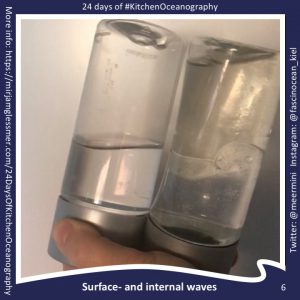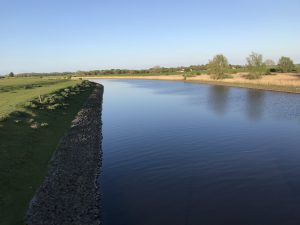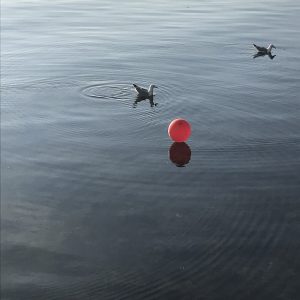
Tag: gravity waves


Surface roughness, fetch, capillary waves
Talking about capillary waves the other day, I thought I’d show you some more pictures of them. Today not in a close up, but rather their overall effect on surface…

Gravity waves and capillary waves on Kiel fjord
Yesterday, I took some pretty pictures of a red balloon floating on Kiel fjord, some seagulls swimming close to it, and — of course, most importantly — the seagull’s waves.…